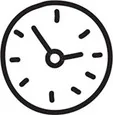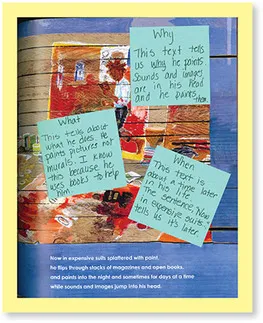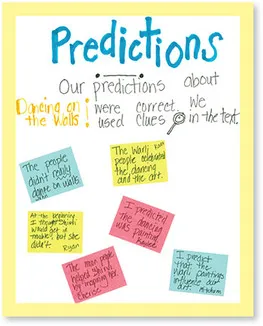
The Big Book of Literacy Tasks, Grades K-8
75 Balanced Literacy Activities Students Do (Not You!)
Nancy Akhavan
- 216 pages
- English
- ePUB (mobile friendly)
- Available on iOS & Android
The Big Book of Literacy Tasks, Grades K-8
75 Balanced Literacy Activities Students Do (Not You!)
Nancy Akhavan
About This Book
The Comprehensive Handbook for Scaffolding Students' Literacy Growth Our readers and writers must "do the doing" if they are to succeed. In The Big Book of Literacy Tasks, Nancy Akhavan offers an instructional plan designed to yield independent effort and engagement. 75 tasks in beautiful full-color two-pagers ensure gradual release by moving more swiftly from the "I do" teacher phase to the "you do, " when students benefit from the healthy amount of struggle that is the hallmark of learning. (And spoiler alert: you kick the habit of hovering, over-explaining, and rescuing!) Backed by research and thoughtfully arranged to make day-to-day planning easier, this groundbreaking book provides:
- Reading and writing tasks organized into 3 sections—everyday skills, weekly practices, and sometime engagements requiring greater complexity
- Mini-lessons that are essential— whether you use a reading program, a workshop approach, or are just transitioning to Balanced Literacy
- Colorful teaching charts allowing you to quickly grasp the high points of each lesson
- A clear task structure for introducing and managing the stages as you move students toward independent practice
- Mid-task "Watch Fors" and "Work Arounds" showing how to coach without risking helicopter teaching
- Amazing scaffolding tips for meeting the needs of a range of learners
- Sample student work that offers valuable insights on how to use the tasks as formative assessments
Practical and engaging, The Big Book of Literacy Tasks gives you a clear framework for "working the minds" of your students, helping them forge their own path to becoming better readers and writers.
Frequently asked questions
Information
1 A New Spin on Who, What, Why, When, and Where


Your Instructional Playbook
Typical Successes

Watch Fors and Work Arounds

2 Making Predictions to Help Comprehension


Your Instructional Playbook
